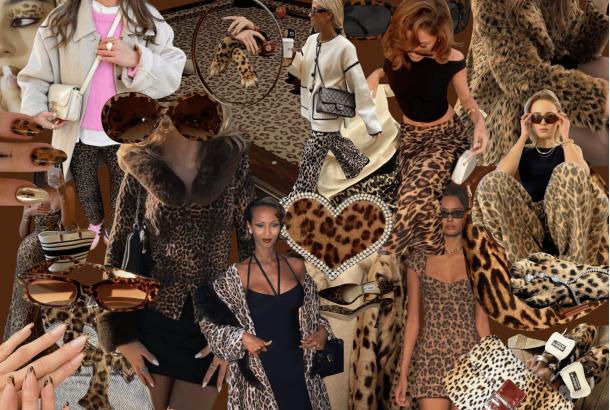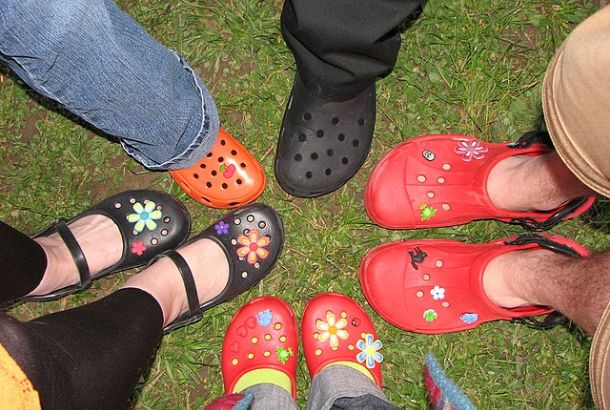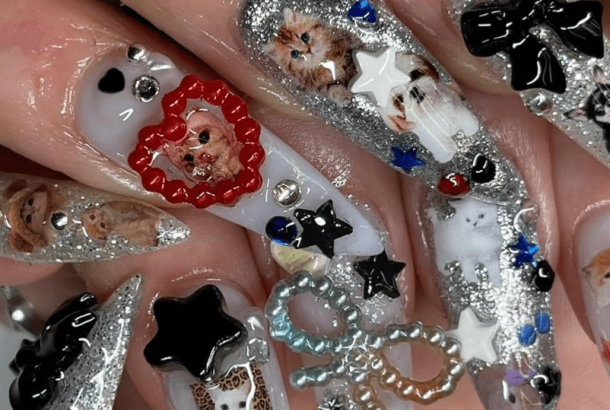The future of fast fashion after the coronavirus pandemic
By Burcu Can

The coronavirus pandemic has immensely affected us all. With its disruptive impact on consumer shopping, fashion and retail brands have suffered too. Not to mention consumer behaviour and financial circumstances. However, it has also been labelled as ‘fashion’s greatest reset’, and for good reason too.
The pandemic’s devastating effect on retail, combined with the continued growth of online shopping, has resulted in a massive list of store closures in the last year. We’ve seen lots of fast fashion giants like Gap, Zara, and Forever 21 in recession. Forced to close some of their stores to concentrate money on online sales strategies.
The pandemic has also resulted in an ongoing crisis for many fashion brands. Inditex (parent company of Zara) recently announced plans to close 1,000 to 1,200 stores over the next two years. H&M also revealed that they will shut 70% of their stores. Cosmetic brand Becca, owned by Estée Lauder, also announced its closure earlier in the year.
Zara is shifting their focus to online shopping and closing around 1,200 stores: https://t.co/Ddydmc2F1C pic.twitter.com/o889ZTfFa1
— Complex (@Complex) June 12, 2020
Diverting resources to online sales strategies can be very beneficial from a strategic viewpoint. Especially since the pandemic has created a huge opportunity for e-commerce development. Many customers have shifted their habits and now prefer online shopping. 53% of people said that the pandemic has permanently altered their buying habits. As a result, massive fast fashion brands like H&M were able survive in these challenging times. Not only that, they also lead the way in the fashion sector’s transformation.
The change in consumer demand has been another effect that the pandemic has had on the fashion industry. It demonstrated how financial, environmental, and human elements are all linked. As a consequence, there has been an increased awareness and demand for sustainability.
Masha Binger, the founder of the sustainability consulting company ESG Alpha, discussed how she now has a carefully selected capsule wardrobe consisting of well-made, multifunctional items. She is also more focused than ever on purchasing sustainably made products and buying less in general.
She isn’t alone in this sentiment. People all over the world are demanding social, environmental, and economic change. Binger believes it is clear that fashion companies must rethink their goals. They must also adjust to the new reality in a post-coronavirus world.
H&M, for example, have recently focused on launching sustainable and conscious garment collections. Anna Gedda, the Head of H&M’s Sustainability Department, foresees that the fast fashion industry’s landscape will look very different after the pandemic. Customers’ preferences and attitudes will shift, with purchasing even more dependent on their personal financial security issues. As a response, H&M is focused on providing sustainable goods and clothing. They are both affordable and accessible to a wide range of people.
As we’ve seen with H & M, the fast-fashion industry was heavily damaged by the COVID-19 pandemic. But at the same time, a digital phase progressed. It made online shopping a vital part of our lives. Additionally, the change in our views, desires, and even meaning has had a huge impact on our shopping habits. These shifting lifestyles and consumer preferences have had an effect on the industry. Some of the world’s most well-known fashion brands have adjusted their strategies by adopting sustainability initiatives.
This has led some to assume that Gen Z destroyed fast fashion, considering the rise in the number of people shopping secondhand in recent years, as well as the terrible impact of Covid-19 on the industry. The newfound popularity of apps like Vinted and Depop has also promoted this secondhand selling to new heights.
However, it can be assumed that other fast fashion brands will follow Covid-19’s lead and launch conscious and sustainable collections in their physical and online stores. More importantly, there is hope that these clothing lines will be affordable and accessible, allowing a wider range of customers to support these brands and increasing demand for the store indefinitely.







